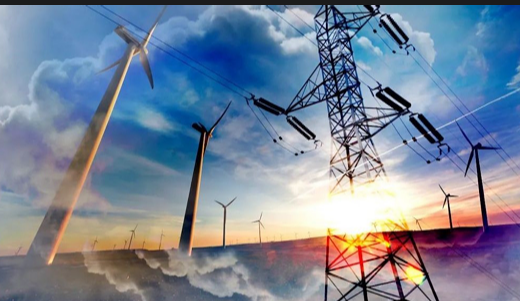Introduction to Overvoltage Protection

Overvoltage protection is a crucial aspect of maintaining the safety and functionality of electrical systems. Given the potential damage that excess voltage can cause, it’s essential to understand the various levels of protection available. This blog post will explore the three primary levels of overvoltage protection to help you safeguard your electrical systems effectively.
Primary Protection: Surge Arresters
Surge arresters are the first line of defense against overvoltage. They are designed to protect electrical equipment from transient overvoltages caused by external factors like lightning or switching operations. By diverting the excess voltage away from sensitive components, surge arresters play a vital role in preserving the integrity of your electrical system.
Secondary Protection: Surge Protective Devices (SPDs)
Surge Protective Devices (SPDs) provide a secondary layer of protection. They work in conjunction with surge arresters to offer additional safeguarding by clamping down on any remaining overvoltage that passes through the primary protection. SPDs are typically installed at key points within the electrical system to ensure comprehensive coverage.
Tertiary Protection: Voltage Regulators
Voltage regulators constitute the third level of overvoltage protection. These devices maintain a consistent voltage level within the electrical system by compensating for any fluctuations. By ensuring a stable voltage supply, voltage regulators help prevent damage to sensitive equipment and enhance the overall reliability of the electrical system.
Conclusion
Understanding and implementing the three levels of overvoltage protection—surge arresters, surge protective devices, and voltage regulators—can significantly enhance the safety and durability of your electrical systems. By integrating these protective measures, you can mitigate the risks associated with overvoltage and ensure the continuous operation of your electrical infrastructure.